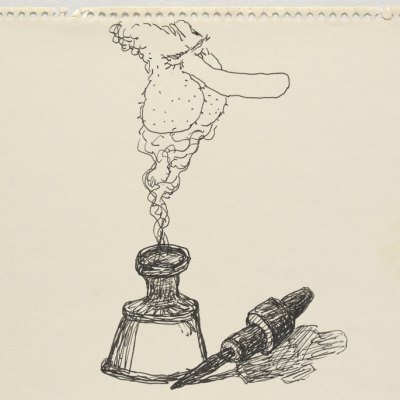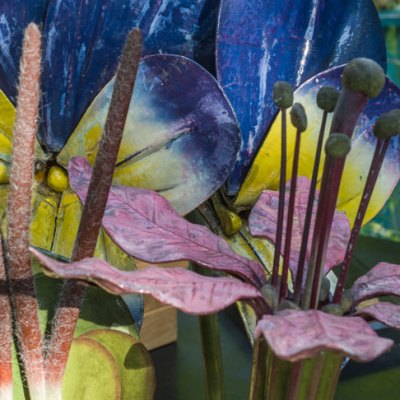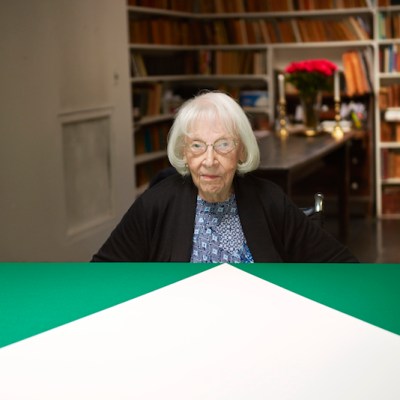With magnificent irony, the first image one sees in ‘Canaletto & the Art of Venice’ is a map. Ludovico Ughi’s 1729 plan of Venice is suggestive of accuracy and immutability – a stark contrast to Canaletto’s treatment of the city, where buildings move and perspectives shift according to the artist’s fancy. This new exhibition at The Queen’s Gallery seeks to unpick the tangled visual relationship between the painter and his native city, reassembling the collection of Venetian art acquired by King George III from Joseph Smith, British Consul at Venice and patron of Canaletto.
The exhibition plays intelligently with Canaletto’s background in theatrical scene-painting; for example comparing his numerous capprici, or works of architectural imagination, with his drawings of real Venetian scenes; making clear the use of spatial manipulation and exaggerated perspective in images which at first glance cause us to marvel at their ‘accuracy’. Canaletto’s works are so often misread by contemporary viewers, as they were by the 18th-century Grand Tourists who purchased them so avidly, because the level of extreme detail creates a sense of truth and realism. In fact, he frequently moved churches around, erased rooftops, and even bent the Grand Canal straight if it allowed for a more harmonious view of the city.
The Central Stretch of the Grand Canal (c. 1734), Canaletto. Royal Collection Trust/(c)Her Majesty Queen Elizabeth II 2016

In doing so, Canaletto’s work is essentially Venetian: a sumptuous mask worn over a head for business. The party capital of 18th-century Europe was a curious mixture of beauty and hard-nosed commerce, the bustle and glitter disguising a reality that was often squalid and tawdry. The exhibition is particularly effective when it acknowledges this dichotomy between artifice and truth, and one of the most poignant moments occurs in the second room, when a succession of Piazza San Marcos and Doge’s palaces gives way to two simple sketches of the monastery of Sant’Elena, alone on the horizon of the lagoon. Silent and desolate, they are a reminder that Venice has long been a melancholy place.
After the sketches and prints, the exhibition broadens in scope, showing the wider collection of Venetian art acquired by Smith. Glowing Biblical scenes by Sebastiano Ricci, a delicate pastel group of the Four Seasons by Rosalba Carriera, and exquisite character heads by Giovanni Piazzetta, are among the highlights of this third room. It feels like a digression – but undoubtedly a beautiful one. Then, after passing through a small ‘cabinet’ of paintings, the show ends on a grand note with a return to San Marco: Canaletto’s series of six vast canvases of the piazza, alongside his 12 views of the Grand Canal, both commissioned by Smith. Though we recognise them for the theatre that they are, it is undoubtedly a play we all want to see.
‘Canaletto & the Art of Venice’ is at The Queen’s Gallery, London, until 12 November 2017.



